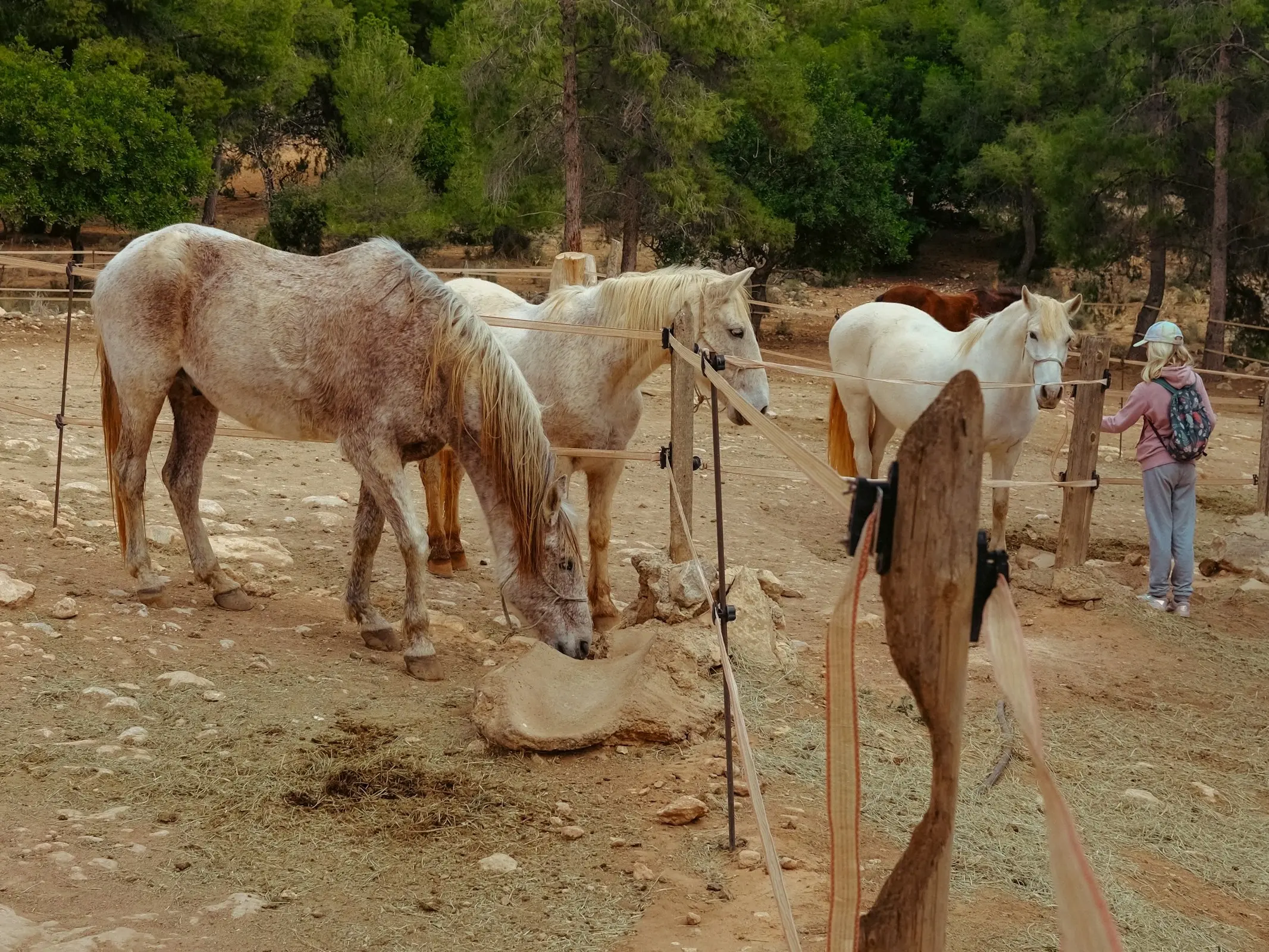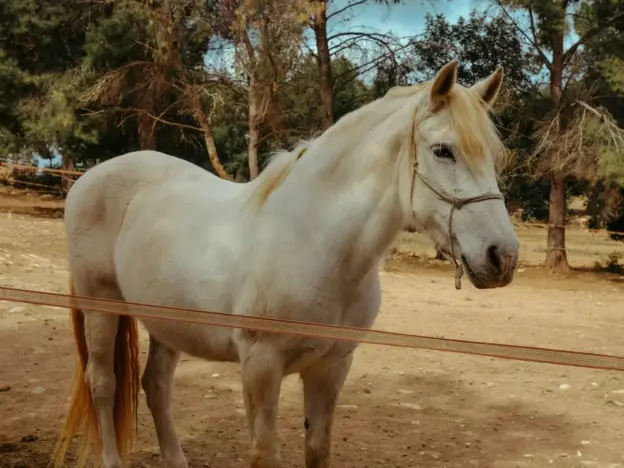Intro
Also known as the Carthusian-Andalusian and Carthujano, the Carthusian horse is not a separate breed from the Andalusian, but rather a branch of the breed. They are often called the purest remaining strain of the original Spanish horse.
Origins
Considered one of Spain’s most prestigious lines of Spanish horse, this breed carries one of the oldest stud books in the world. The foundation sire was a dark grey stallion named Esclavo who was considered to be perfect in every way. Interestingly, his only flaw was warts under his tail which have come to be the telling mark of a pure Carthusian bloodline.
In addition to the warts, Esclavo passed his admired genetics onto his offspring and in 1736 a group of mares was given to a Carthusian monastery. The remaining stock of this line was absorbed into the Andalusian breed, but those that the monks held remained of pure lineage. Throughout the following centuries the monks protected the Carthusian bloodlines, refusing to introduce the blood of other breeds.
Today there are continuing efforts to preserve these old bloodlines and they are bred in state-owned stud facilities around Cordoba, Jerez de la Frontera and Badajoz. Sadly, they only comprise around 3% of the Andalusian population and their numbers are rare.
Features
Average height 15 – 16 hands
Carthusian animals may also have calcium-like deposits (or baby horns) on their skull (although not a genetic trait of Esclavo).
Almost all members of this breed have good conformation
Hardy, solid amd resistant
Physique
Head is light and elegant with slightly convex profile
Ears are small
Eyes are large and lively
Neck is well proportioned and arched
Chest is broad and deep
Back is short and broad
Legs are sturdy with clean joints
Traditional Colors
Predominately grey, but chestnut or black can be found.
Temperament
Noble and mild
Use
Show horse
Riding horse
More Images

